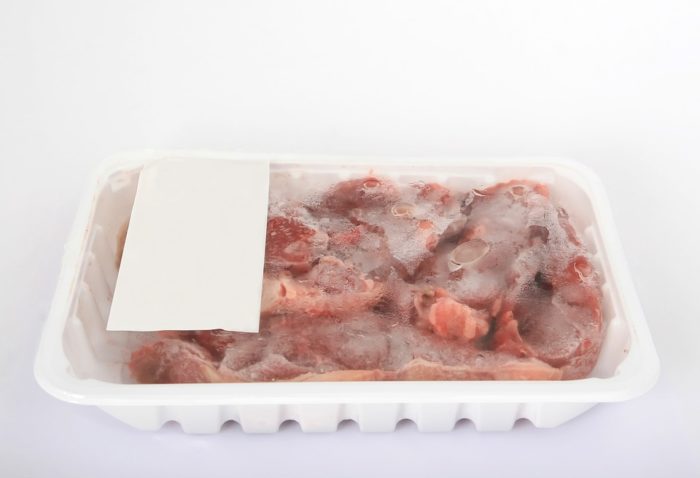 I think I’ve covered this before (probably a few times), but the question keeps coming up so it can’t hurt to talk about it again:
I think I’ve covered this before (probably a few times), but the question keeps coming up so it can’t hurt to talk about it again:
“Is freeze-dried raw pet food any different than fresh or frozen raw diets, from a microbiological standpoint?”
We don’t have much pet food-specific research, but there’s little reason to believe there would be much difference when it comes to the things we’re concerned about. When I want to preserve bacteria, I freeze them or freeze-dry them. Those are actually the preferred methods for long-term storage. Freezing or freeze-drying is a pretty hospitable process and state for most bacteria. Some, such as Campylobacter, don’t tolerate freezing (or especially fresh-thaw cycles) as well as others, so freezing or freeze-drying might have some impact on those specific bugs. For the higher profile pathogens like Salmonella and Listeria, it probably doesn’t make a difference.
The story is quite different for some parasites. Many parasites and parasite eggs don’t tolerate freezing (that’s why fish for sushi is typically frozen at some point). Some are hardier than others, though. Toxoplasma, a potentially important foodborne parasite, is susceptible to freezing, but only if the temperature is low enough and the time is long enough (e.g. -12C for 3 days will kill most Toxoplasma cysts).
So, the take home message is that for of the microbes that we’re worried about with raw meat, freezing or freeze-drying is NOT a food safety practice. It’s food preservation, not bacterial control.